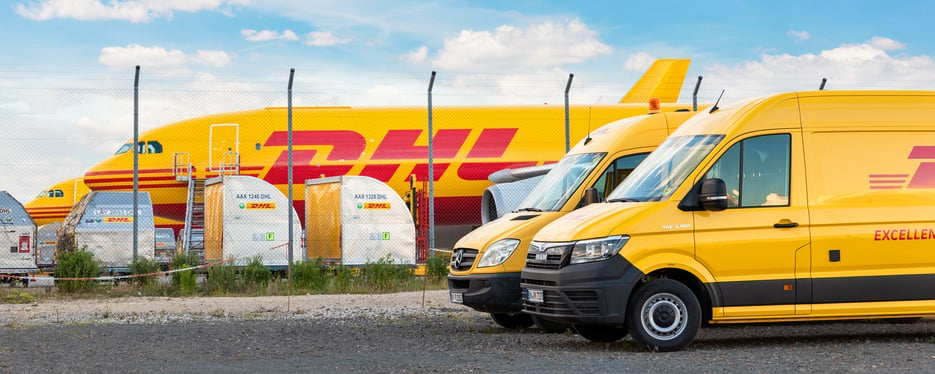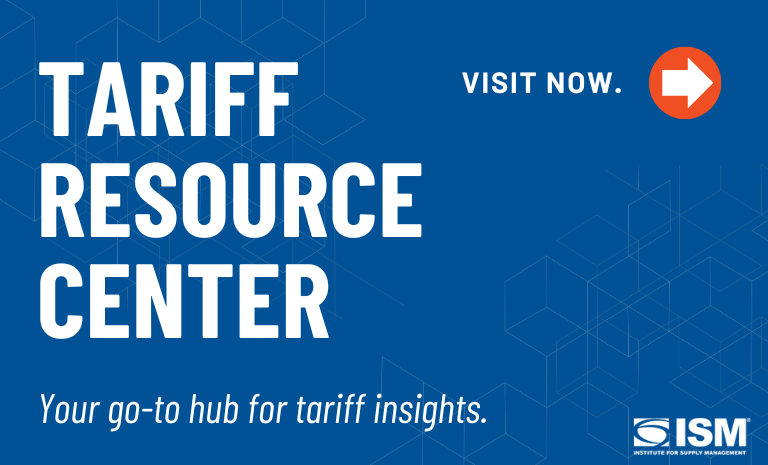Amid Volatility, DHL Is Ready for Peak Season

Peak season is coming, and buying as well as shipping patterns are changing. Gone are the days when shipments from China dominated the scene.
Shifting trade policies, geopolitical volatility and tariffs have translated into uncertainty about whether, what and from where consumers and customers are going to buy. Also, regulatory changes have sparked conversations about the logistics and services needed to support them.
“The word I’ve used most often this year is turbulence. We’ve been in a constant state of turbulence,” said Greg Hewitt, CEO of DHL Express U.S.
These changes have a big impact on suppliers’ manufacturing networks as well as the logistics needed to manage freight and peak season, he and other DHL executives said during a recent media call.
Tariff and Regulation Implications on Shipping
The removal of the de minimis exemption, along with tariffs, has contributed to a 30-percent drop year over year in shipping volumes from China and Hong Kong for DHL Express, Hewitt said. However, there has been an increase in shipments from Vietnam, India, Malaysia and Mexico.
DHL Global Forwarding reported a 20 percent to 35 percent increase in volumes from Asia to Latin America and the Middle East/North Africa; this signals a major shift in global sourcing and distribution strategies. DHL Supply Chain is experiencing increased demand for nearshoring and regional fulfillment, supported by its acquisition of e-commerce and retail logistics specialist IDS Fulfillment.
Calling this era “the golden age of uncertainty,” Tim Robertson, CEO of DHL Global Forwarding Americas, noted that three areas have been most impacted by the current market: cost, complexity and uncertainty.
“That is really what the rise of the tariff landscape is driving,” he said.
For importers, real-time visibility of landed costs is crucial, he said, adding that this can change on a daily or weekly basis.
Managing tariffs means managing customs services. In response, DHL Express has expanded its customs team, adding 680 employees across operations, finance and customer service to maintain service levels and compliance. Hewitt noted that having customs clearance support is a differentiator in the current complex and uncertain environment, and especially during peak season to provide continuity to customers.
DHL Global Forwarding is expanding its customs team by 40 percent, hiring more than 200 specialists. To enable smarter tariff planning, it’s also launching an artificial intelligence (AI)-powered program.
“This isn’t about managing one disruption; it’s about staying agile in the face of ongoing volatility,” Robertson said. “Our customers need multimodal flexibility, real-time visibility and customs support that keeps pace with shifting trade rules. That’s why our peak season strategy is built on resilience, speed and the ability to pivot, across modes, borders and sourcing markets.”
Peak Season Demand
DHL’s e-commerce division plans to hire 2,000 seasonal employees and has partnered with Shopify to support small international merchants. The division has 19 U.S. distribution centers and is undergoing a shift toward localized fulfillment and larger package volumes.
“What we’ve seen collectively is that the orders have not declined,” said Scott Ashbaugh, CEO of DHL eCommerce Americas. “It’s the way they are fulfilled and brought to the consumer that has changed.”
The division is not only expanding its larger package segment but simplifying cross-border shipping for online merchants, he said.
“We focus on a white-glove customer service experience,” Ashbaugh said. “As customers look to make adjustments in how they structure their supply chains, we’re right there with them to support whether we need to pick up at an airport a piece that was shipped in from China or multiple nodes of domestic fulfillment.”
What does last mile look like based on the lower holiday freight order this year? “From our standpoint, the orders themselves have not slowed down as much,” Ashbaugh said. “It’s more about where they come from. And whether it’s coming in from abroad or from a locally fulfilled site, on our side, we’re geared up for the peaks that we’ve seen in years past.
“Are we over planning? Possibly, but again, I think from a reliability standpoint, we’ve been surprised before, and so we’re not going to be surprised this year.”

